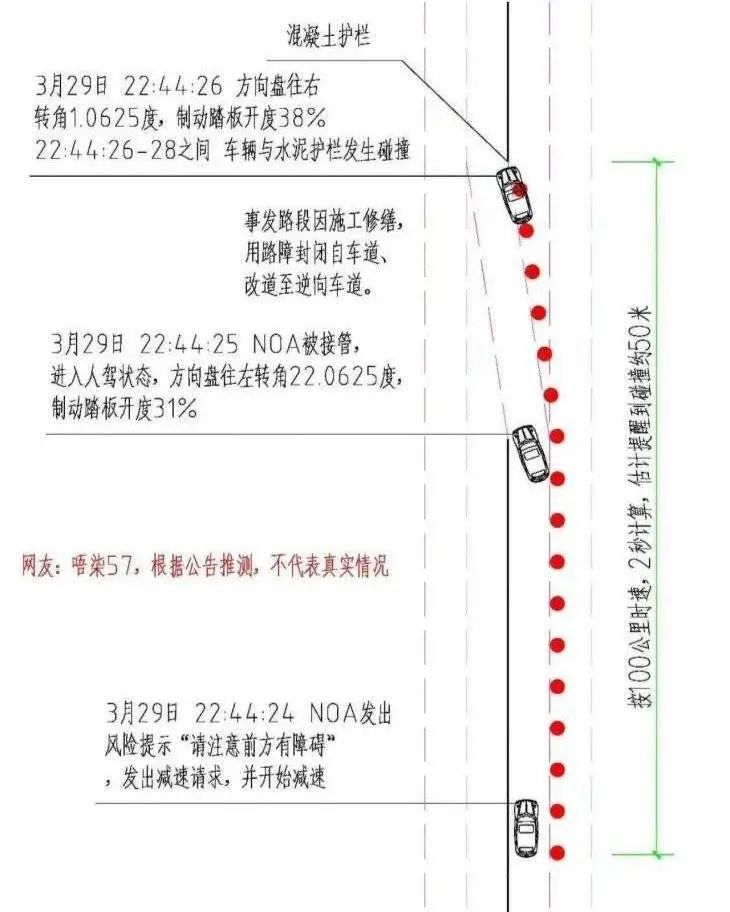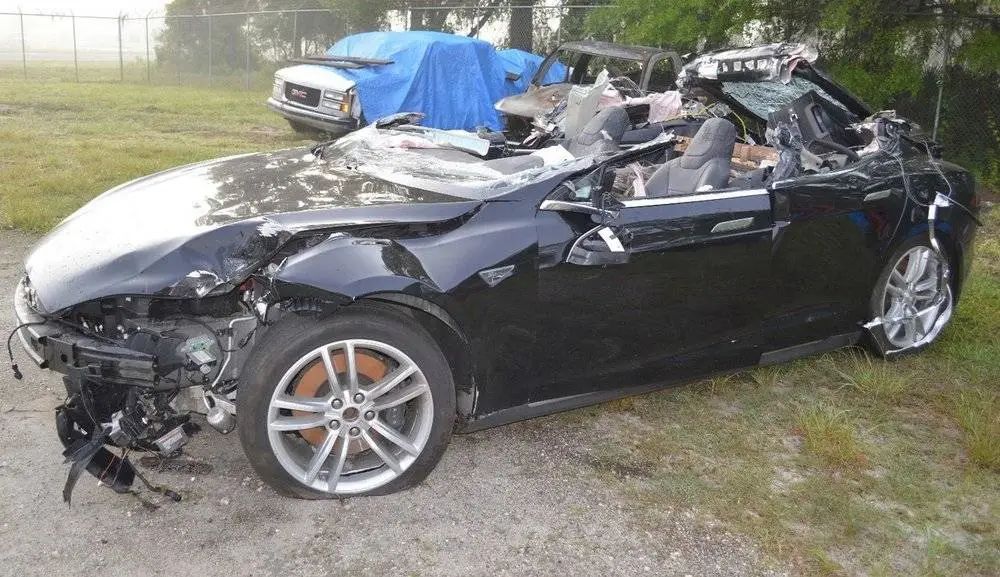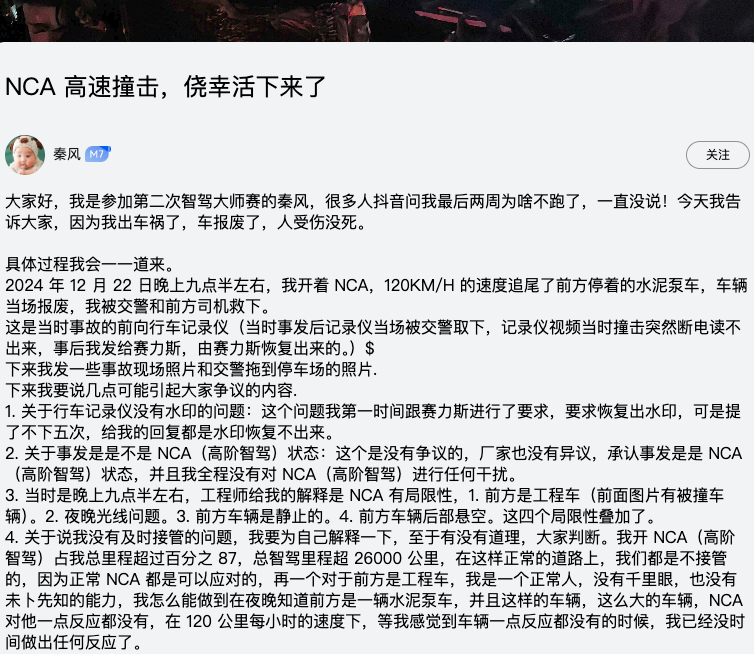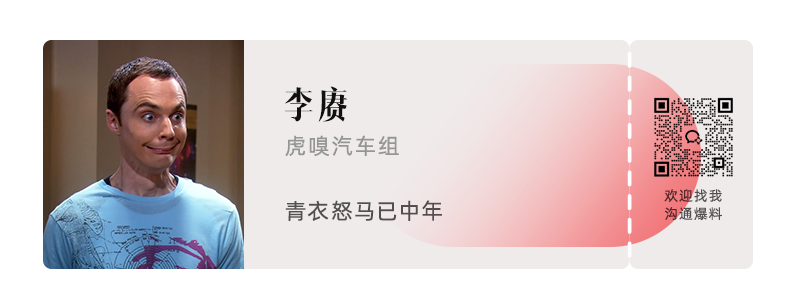html
In April 2023, a tragic accident involving a Xiaomi SU7 on Anhui Expressway sent shockwaves through public trust in intelligent driving technology. This incident, resulting in three fatalities, underscores critical tensions between technological advancement and road safety. Stay with us as we dissect the event’s key details and explore pathways to harmonize innovation with user protection.
1. Accident Overview: Unanswered Critical Questions

Incident Timeline:
- April 6: Social media reports emerge about the collision
- Three fatalities in high-speed impact
Controversial Points:
- Collision speed reached 116 km/h
- Door locking system malfunction
- 10-minute rescue delay documented
2. Impact Analysis: 4 Seconds of Fatal Errors

Key sequence breakdown:
- Stationary truck in fast lane
- 2-second pre-collision warning issued
- 20-degree steering wheel deflection by driver
- Secondary collision causing vehicle rollover
3. Rescue Delay: The Missing 10 Minutes

Critical timeline gaps:
- 0-3 minutes: Battery fire ignition
- 3-10 minutes: No rescue records
Central Question: Did electronic system failure impede door unlocking mechanisms?
4. Technology Paradox: Increased Intelligence, Elevated Risks?

Case Comparisons:
- 2016 Tesla Incident: System misidentified white truck against sky background
- 2023 Domestic Model Accident: Occupant survival in autonomous mode
Tripartite Contradictions:
- Corporate claims vs reality of L3 autonomy
- User deception practices with steering wheel weights
- Infrastructure incompatibility with smart systems
5. Collaborative Solutions Framework

Automaker Responsibilities:
- Clear technical level labeling
- Redundant braking systems
- Risky road database creation
User Guidelines:
- Maintain hand contact with steering wheel
- Avoid unsafe system modifications
- Understand operational limitations
Regulatory Measures:
- Intelligent driving road markings
- Dynamic speed limit systems
- Enhanced emergency response protocols
6. Historical Patterns & Future Precautions

Key findings from 7-year datasets:
- 94% of incidents involve system misjudgment
- 68% cases present shared liability
- Secondary collision fatality rate 40% higher
Critical Awareness Points:
- Avoid over-reliance on warning systems
- Maintain constant situational awareness
- Understand vehicle physical limitations
Conclusion: While intelligent driving redefines mobility, safety must remain paramount. Each accident represents an opportunity for systemic improvement – demanding transparent technology communication, vigilant user behavior, and adaptive regulatory frameworks. As we embrace technological convenience, let us never lose sight of the journey’s true destination: safe arrival.
